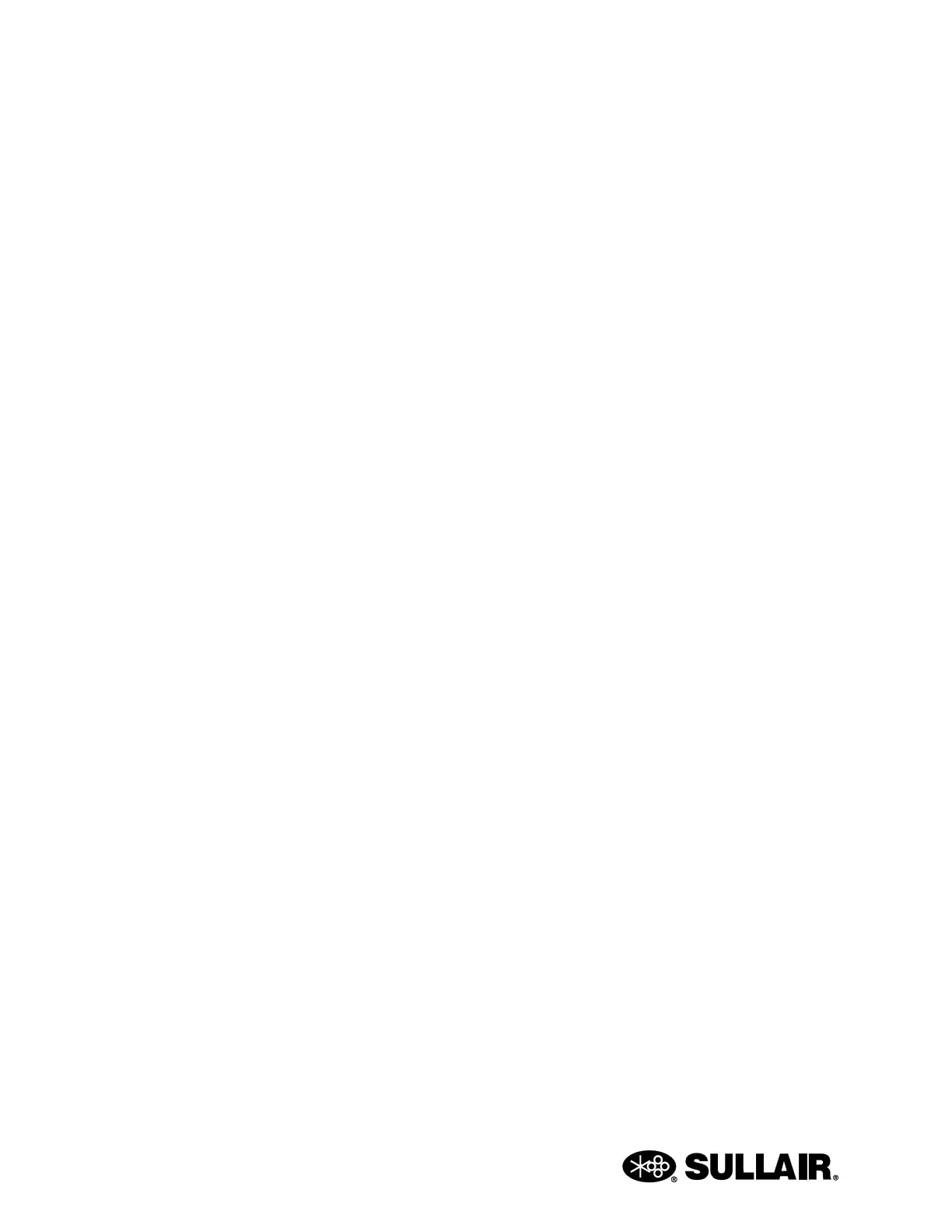HORIZONTAL CLOSE COUPLED PUMP SECTION 8
156
recommended even when the pump inlet is only
slightly higher than the fluid source to aid in priming.
It should be the same size as the pump inlet or sized
based on reasonable fluid friction losses.
A foot valve is recommended when lifting fluid from a
sump. This will save wear and tear on any pump,
even those equipped with self priming equipment.
A low resistance Suction Strainer is recommended
immediately ahead of the pump on any newly
constructed system. This is advisable due to the
probability that foreign material large enough to
damage pump clearances may remain, even though
the piping has been flushed.
Valves in the outlet piping of a centrifugal pump
should be closed, or nearly closed, when the pump is
started. This will reduce the start-up load on the
pump and motor. Never start the pump with the
discharge valve fully open, unless system friction
losses are substantial enough to prevent the pump
from operating at “run out,” otherwise cavitation or
motor overload may occur.
Inlet valving should be fully open when starting any
pumping system. Without some fluid in the pump at
startup, the unit can gall and lock up the impeller.
Always fill the pump and vent it of air for best pump
life. Violent pump failure will result from continued
operation with the inlet valve closed.
NPSH (N
ET POSITIVE SUCTION HEAD)
The NPSH required varies with every size and
capacity of pump. The NPSH required by your unit
can be obtained from the performance curves or from
your MTH representative.
If the NPSH available is not equal to or greater than
that required by the pump, it must be increased or a
different pump selected. The usual method for
increasing NPSH is to raise the static head on the
pump inlet, (HS). By definition, NPSH means: “Net
Positive Suction Head” above the vapor pressure of
the pumped liquid, available at the centerline of the
pump. It should always be given in feet of pumped
liquid. The NPSH is actually a measurement of the
amount of energy available in the pumped liquid to
produce the required absolute entrance velocity in
the pump. If a pump requires more energy (or NPSH)
than is available at a given capacity, the pressure at
the inlet will fall below the vapor pressure of the
pumped liquid and fluid vaporization and loss of
performance will result.
P
s
= Pressure in the suction vessel in PSIA.
P
vp
= Vapor pressure of the pumped fluid in PSIA.
H
s
= Static height of the pumped fluid above (+) or
below (-) the centerline of the pump.
H
f
= All friction losses from the vessel to the pump.
For boiling liquids, P
s
and P
vp
are equal. This item
then becomes zero and can be omitted from the
equation.
N
OISE
Motors, bearings, and other rotating components add
to noise, which sometimes create objectionable
harmonics.
Careful pump installation can contribute to noise
reduction. Proper alignment of the pump and driver is
essential. Adequate supports for the inlet and
discharge piping is equally important. A degree of
noise reduction may be obtained when the pumping
unit is supported free of building structures by the
use of vibration isolators, flexible piping and conduit
connections. To separate motor noise and vibration
from the fluid and piping structure, using a flexible
elastomer-coupled (long coupled) configuration is
very desirable.
F
REEZING
When ambient temperatures drop below the freezing
point of the fluid, consideration should be given to
heating, insulating, or draining the pump. If you
choose to drain the pump, first remove the drain
plugs and drain the suction and discharge lines.
Carefully blow out the pump with compressed air to
clear all internal cavities of fluid.
8.1.4 RECOMMENDED SPARE PARTS
FOR ROUTINE MAINTENANCE:
Only a complete set of “O” ring gaskets and a
mechanical seal are recommended. Should
additional components show wear, they are available
from stock at the factory (see the C Series price
brochure).
FOR SERVICING A PUMP THAT DOES NOT
PRODUCE RATED CAPACITY OR HEAD :
“O” ring gaskets, impeller, mechanical seal, and
pump casing.
NPSH 2.31
P
s
P
vp
–
SPGR
-------------------
⎝⎠
⎛⎞
H
s
H
f
–+=

